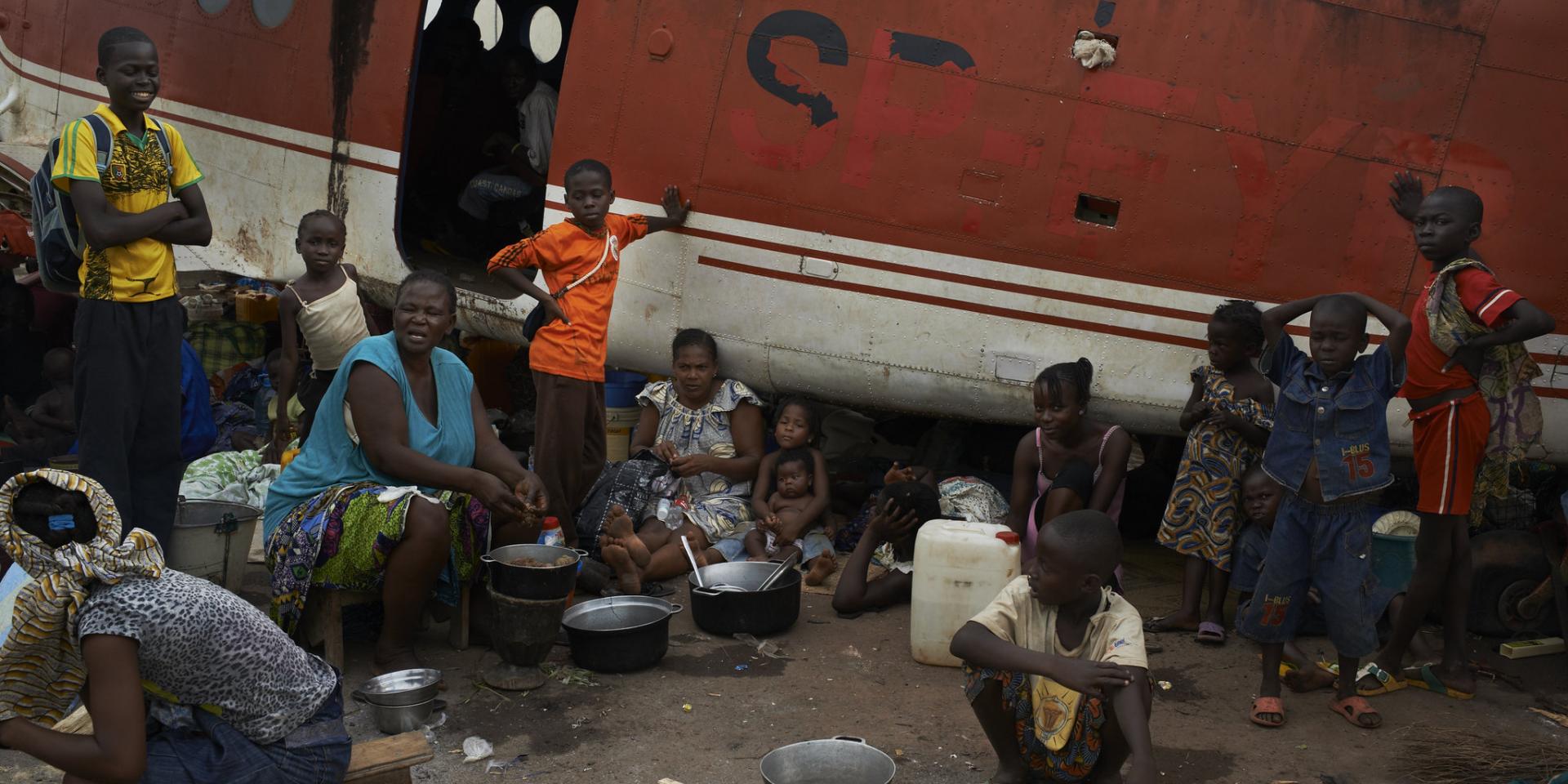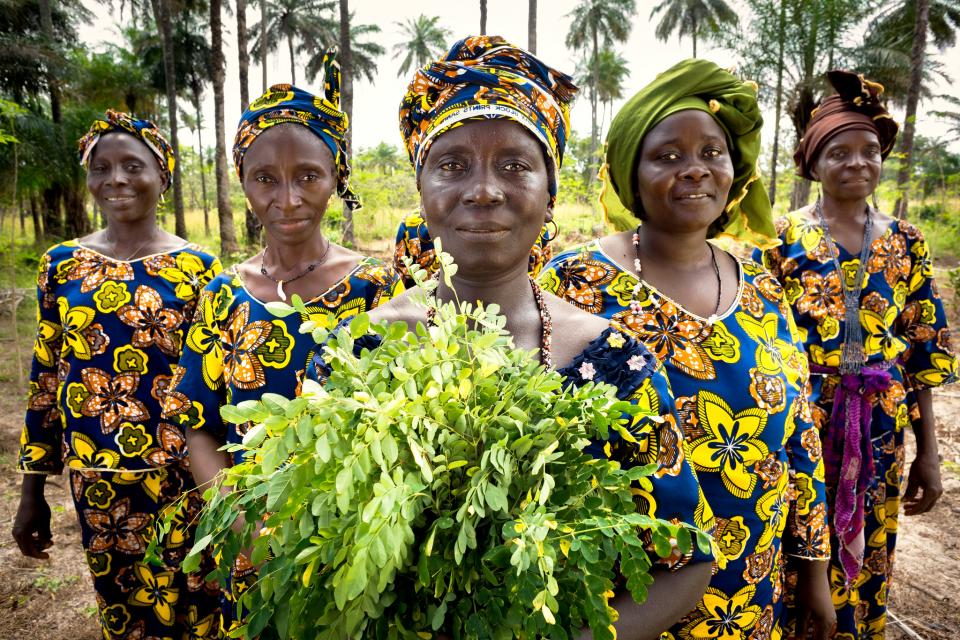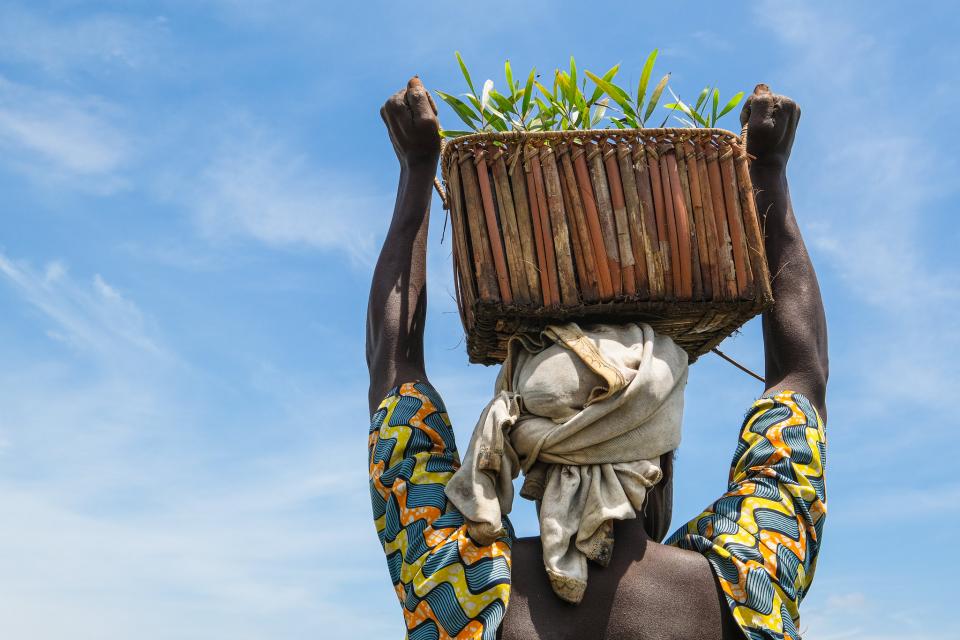World leaders must look at the big picture to solve food crisis
 Photo: S. Phelps/UNHCR
Photo: S. Phelps/UNHCR
From the worst drought in four decades threatening famine across the Horn of Africa to extreme heat in South Asia, the war in Ukraine and the unequal pace of pandemic recovery, global food systems are under extraordinary pressure.
The combined result is expected to leave more than 320 million people severely food insecure this year, compared to 135 million two years ago.
Until recently, efforts to bolster such an overstretched global food system have focused on a single aspect, such as developing hardier crop varieties, reforming subsidies or reducing food waste, but any system is only as strong as its weakest link.
New varieties, technologies or incentives to increase yields are meaningless if there is no water to irrigate the soil, or if the infrastructure is not there to get the harvest to market.
Policymakers and scientists are increasingly recognising the need for a new approach that considers all aspects from farm to fork, a philosophy that goes beyond individual commodities, and even beyond agriculture as a sector.
A “systems approach” allows for a greater understanding of the bigger picture by considering the broader context in which food is produced, distributed, and consumed, and how those systems function within related systems such as health and energy.
Just as the G7 agriculture ministers warned against short-term responses to the food crisis that come at the cost of medium and long-term sustainability, CGIAR believes a systems approach is necessary to minimise the trade-offs and unintended consequences that have contributed to food crises for decades.


